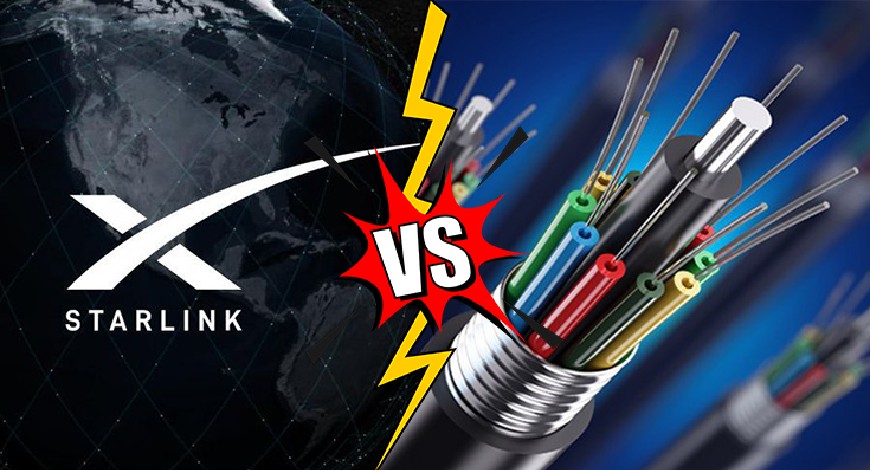Trends
Fiber and satellite broadband: Convergence of technologies for greater good

In the past few months, Internet connectivity has been most valuable in keeping the world safe. In India, the Internet has saved livelihoods (and perhaps lives), kept the economy moving and, also, prepared a roadmap for the future.
One glaring area that the pandemic exposed is our two-tiered broadband system. The first tier includes areas where high-speed broadband is opening up opportunities to learn and earn.
The second tier has people who are struggling for connectivity and are left behind. Our internet penetration stands at only 40 percent compared to greater than 90 percent in most developed economies. For India to grow, there is a dire need to elevate the second tier.
This can be achieved through converged digital networks that use fibre, wireless and satellite in the best possible manner. However, of late, there has been a lot of debate on satellite vs fibre.
This also reminds me earlier of the debates that we used to have of wireless vs. fibre. Now, it is well established that 5G wireless networks will be the largest driver for fibre usage in the future.
It is important to understand that wireless technologies provide access, while fibre provides capacity. The fact that more users now are looking at high-speed, real-time, requires fibre to be closer to the user.
Satellite is a great technology for low-density coverage
Ironically, the space is buzzing with some serious investments in satellite-based broadband. A wide range of operators have shown great interest in launching satellite services in India and globally.
Starlink, the satellite internet unit of SpaceX, recently planned to provide global coverage by September 2021. The company has already deployed 1,800 satellites and plans to increase the number to 12000 in the near future. SpaceX has received more than 500,000 preorders for its Starlink satellite internet service.
Fibre, Satellite and Wireless provide complementary capabilities
All three technologies have complementary capabilities to reduce the differentiation between broadband haves and have-nots. While fibre provides high capacity and bandwidth access, wireless technologies like 4G and 5G provide mobility.
Low Earth Orbit satellites have emerged as alternate technologies to provide coverage in areas where it is extremely expensive and difficult to take fibre or traditional wireless coverage.
A smooth convergence of the three will be the foundation of new emerging technologies and use cases. 5G use cases will be driven by small cells backhauled by fibre.
All data centres which will provide edge processing and storage will also be largely dependent on optical fibre for transport. At the same time, satellites will plug the gaps and boost the reach of the internet to unprecedented levels. It will be crucial in connecting the unconnected half.
There are use cases where Satellite Broadband or Backhaul can solidly complement fibre and wireless connectivity. Take an example of connecting difficult terrain, island locations, or a village-like Kalap which is considered to be the remotest village in India.
While Bharatnet wires up the gram panchayats of India, Satellite broadband can change the lives of people in places like Kalap or Spiti Valley.
Apart from accessibility, Satellite broadband can complement fibre and wireless, and make for viable business cases. Telcos have always been challenged by the non-viability of reaching the bottom of the pyramid and Satellite, along with fibre, of course, can deliver better ROI for telcos.
Together the bigger picture of connecting India will happen
With almost 50 percent of India yet to be connected through broadband, wired, wireless and satellite need to play defining roles. I believe that fibre will continue to power the future digital experiences of India with the requisite bandwidth and capacity.
At the same time, wireless technologies will provide the required mobility. And satellite will help in connecting the unconnected today. While the question of fibre vs wireless vs satellite draws more perspectives, the bigger picture is that of a connected India that skyrockets towards socio-economic growth. For that to take place, we need all three. CNBC TV18






You must be logged in to post a comment Login